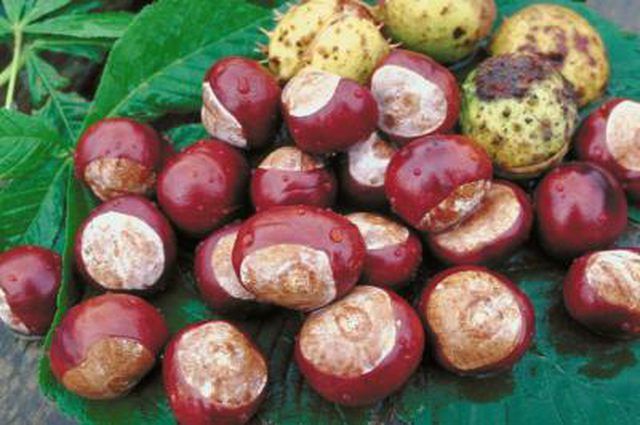Bulbs
Flower Basics
Flower Beds & Specialty Gardens
Flower Garden
Garden Furniture
Garden Gnomes
Garden Seeds
Garden Sheds
Garden Statues
Garden Tools & Supplies
Gardening Basics
Green & Organic
Groundcovers & Vines
Growing Annuals
Growing Basil
Growing Beans
Growing Berries
Growing Blueberries
Growing Cactus
Growing Corn
Growing Cotton
Growing Edibles
Growing Flowers
Growing Garlic
Growing Grapes
Growing Grass
Growing Herbs
Growing Jasmine
Growing Mint
Growing Mushrooms
Orchids
Growing Peanuts
Growing Perennials
Growing Plants
Growing Rosemary
Growing Roses
Growing Strawberries
Growing Sunflowers
Growing Thyme
Growing Tomatoes
Growing Tulips
Growing Vegetables
Herb Basics
Herb Garden
Indoor Growing
Landscaping Basics
Landscaping Patios
Landscaping Plants
Landscaping Shrubs
Landscaping Trees
Landscaping Walks & Pathways
Lawn Basics
Lawn Maintenance
Lawn Mowers
Lawn Ornaments
Lawn Planting
Lawn Tools
Outdoor Growing
Overall Landscape Planning
Pests, Weeds & Problems
Plant Basics
Rock Garden
Rose Garden
Shrubs
Soil
Specialty Gardens
Trees
Vegetable Garden
Yard Maintenance
How to Identify Tree Nut Seeds
How to Identify Tree Nut Seeds. Identifying tree nuts and their seeds can be beneficial when you have a new garden to plant or lawn to landscape. You may desire a small tree like the typical 30-foot almond tree, or you may have plenty of room for a 120-foot walnut tree. Being able to acknowledge which seeds belong to which trees is necessary when...

Identifying tree nuts and their seeds can be beneficial when you have a new garden to plant or lawn to landscape. You may desire a small tree like the typical 30-foot almond tree, or you may have plenty of room for a 120-foot walnut tree. Being able to acknowledge which seeds belong to which trees is necessary when planting; some trees require a stratification period to germinate, some do not.
Things You'll Need
Nut and seed guide (See references)
Paper
Pen
Camera
Examine the color and shape of the nut. Pine nuts are a pale tan color, while pecans are a dark, mahogany colored nut. Cashews have the well-known curved shaped, and the almond holds a teardrop figure. Write down your findings.
Evaluate the size and weight of the nut. The pistachio nut is very light and airy, rounded dime-size nut. Cashews, on the other hand, are large and heavy, taking up the area of a half-dollar piece when inside the shell. Note the size and weight on the paper.
Feel the nut for softness and shell strength. Both the hickory nut and the walnut are encased within a strong, thick outer shell that is difficult to penetrate without a nutcracker. The chestnut has a smooth, seamless shell, while the hazelnut is rough and rigid. Write out the texture conclusion on your paper.
Smell and taste the nut. A macadamia nut will have the scent and flavor in comparison to a coconut. The almond is a mild flavored nut, the pistachio can be quite nutty and salty, and the hickory has a potent, lush flavor. Write down your findings.
Compare your notes to the descriptions and pictures in the guide book to nuts listed in the reference section below. Determine, by size, color, shape and taste, which nut yours is.
Tips & Warnings
If possible, take a picture of the nuts you have and compare it to the pictures in the guide listed in references. Comparing visual facts will help determine for certain which nut you have.